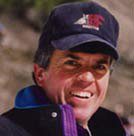About the Author
Born in Phoenix, Arizona in 1943, more inclined to throw a four-seam rock than study, Gary Prisk’s kindergarten teacher was spot-on when she wrote the following on the back of his report card.
“Would you please start Gary for school earlier so he won’t be tardy so often.”
Moving to Bremerton, Washington, a Navy blue-jacket town where his father went to school, Gary played baseball and tennis, worked in construction, and graduated high school with less than average grades, extremely high scores on the SAT’s, and no plan.
Memories of Sunday dinners, his father’s den, and a clatter of colorful bits of advice led Gary to war armored with an irreverent black humor—that and little regard for authority.
The sudden death of his father allowed instants of sudden hatred which the author used to hone his leadership skills.
Rejecting the Army’s call to return to Vietnam, the author resigned his regular army commission and returned to the University of Washington earning a second engineering degree, an MBA, and being accepted into the doctoral studies program in finance.
The author suspended his doctoral studies in finance after his thesis committee rejected his proposals.
The author returned to working in construction after he realized he spent most of each day expecting to be ambushed. Working outside he could better check his perimeter and laugh while he played double or quit with his sanity.
Excerpts from his combat officer efficiency report say it best:
“Although the youngest company commander in the brigade in terms of experience and time in service, he achieved superior results. His company consistently led all rifle companies in the battalion in the number of enemy killed while suffering the fewest casualties.”
“His leadership ability is outstanding. Captain Prisk is more respected and esteemed by his men than any other company commander in the battalion. His men would literally follow him into hell if he asked them to.”
“Captain Prisk has the unique ability of quickly sizing up a combat situation and bringing the maximum amount of combat power upon the enemy at the decisive time and location. He is absolutely fearless under fire and sets an outstanding example of coolness and courage for his men.”
The Author’s Story Told in Pictures
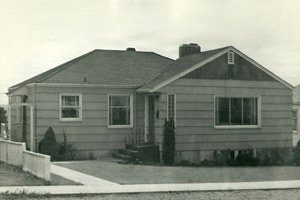
1945 in Bremerton, Washington. The house at #10 Highlands Road, Bremerton, Washington.

September 1968 in the Tam Quan Valley. The foxhole the author dug the night before his R&R. Coffee cup between his feet, sitting on his helmet, with his M-16 and claymore bag full of magazines.
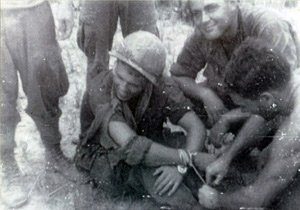
September 1968 in the Tam Quan Valley.
The author’s uniform has been shredded and he has been tied hand and foot. He was then put on a chopper and reported as the deserter. Note the helmet on backwards.
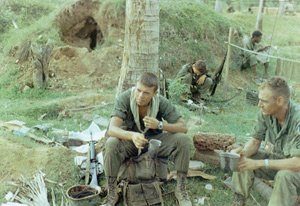
October 1968 North of the Tiger Mountains. With his drive-on rag, beads from Linda, and Willie Spencer’s watch, the author sits atop his rucksack. Note that his pants are tied off above his boots and again below his knees. Note the smoke grenade behind his right heel, the grease pencil in his breast pocket, the claymore bog full of M-16 magazines, the blue feather stuck in the camouflage band on his helmet, and his M-16 laying on his map with the strap drawn tight along the left side of the pistol grip. Balls-itch, the radio operator, is behind the author. Taking a coffee break with his Field First Sergeant, Stubbs, they waited for a re-supply to wrap up so the unit could move to a night laager.
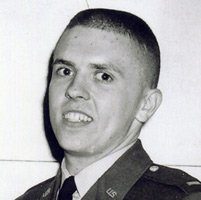
1966 Another Great Smile Commissioning Day.
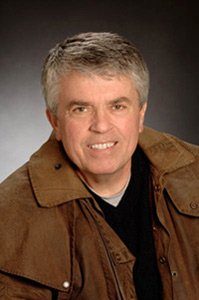
2009 on Bainbridge Island, Washington. The author when he finished Digger, Dogface,…
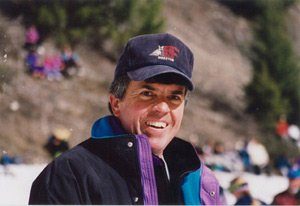
1992 in Sun Valley, Idaho. Standing on the side of a downhill race course at the United State Ski Association Junior Olympics where the author’s son Karl was racing. The author started writing Digger, Dogface, . . . in a ski lodge in McCall, Idaho in 1989.
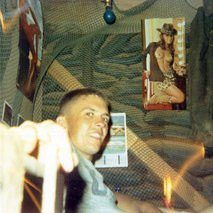
Bunker at Landing Zone English.
The author’s corner. A desk, “The Major’s” overseas trunk, a bunk, and a Playboy centerfold to warm his memory.

December 1990, Bainbridge Island, Washington. On assignment as a Individual Mobilization Augmentee, to VII Army Corps, in Stuttgart, Germany, Colonel Prisk was placed on 24-hour stand-by and sent home to await deployment orders for Desert Storm for the liberation of Kuwait. This is a Christmas card for the author sent by his operations sergeant from Saudi Arabia.
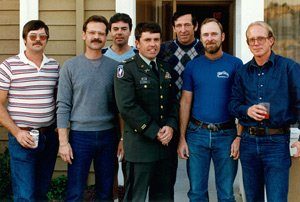
Charlie Company gather to fight for one of their own.
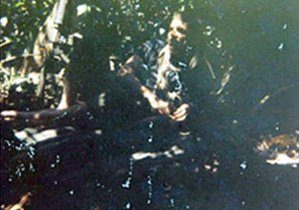
Christmas season 1967, Near the Kontum Special Forces Camp. With his boots off to air out his feet, a drive-on rag around his neck and his M-16 set nearby against a tree, the author takes a break.image
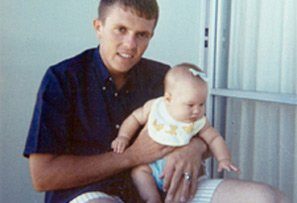
September 1968, Honolulu, Hawaii. White legs and all, the author holds the Platoon’s Baby Girl. Note the hair bow and Kimberly’s drive-on rag.
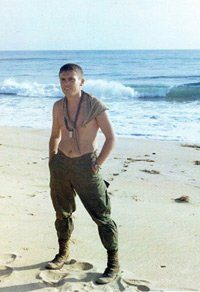
October 1968 on the Beach North of the Tiger Mountains.
Charlie Company was battling 78 cases of jungle rot.
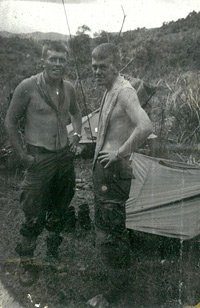
February 1968 West of Pleiku Base Camp. Boots undone, pants rolled up, shirt off, the author stands with the man that accidentally shot him when the 12 gauge he was cleaning discharged.

Packrat killed a policeman and was facing the gas chamber. Packrat is doing life-without in Soledad Prison.
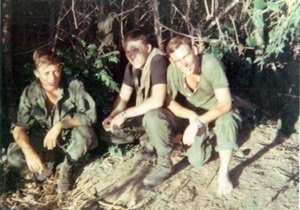
August 1968 Deep in the An Lao Valley. With his drive-on rag, Willie Spencer’s watch, and his two radio operators, Amps and Tennessee, the GIs wait for twilight near the Fishhook west of Landing Zone English.

September 1968. Mike’s Grog and Sirloin
Dinner with his farm girl.
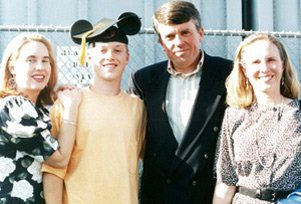
1993 Bainbridge Island, Washington. Karl’s high school graduation cheered on by Kimberly, Linda and the author.
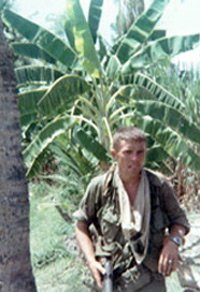
October 1968 North and East of the Tiger Mountains. Taken after a firefight east of the Tiger Mountains near the South China Sea. Note the drive-on rag, Willie Spencer’s watch, and M-79 grenade launcher.
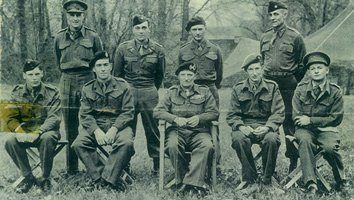
December 1944 and July 1968, a Contrast in Form. The liaison officers and Monty—that was then. The platoon sergeants, platoon leaders, and field first sergeant of Charlie Company—that was then as well.
